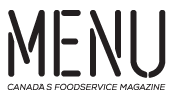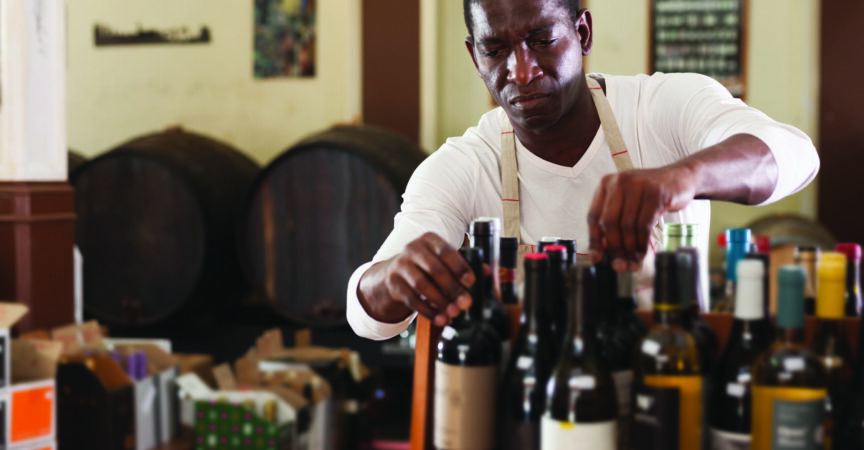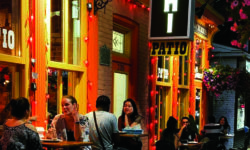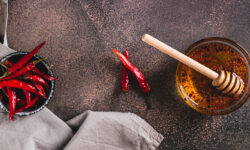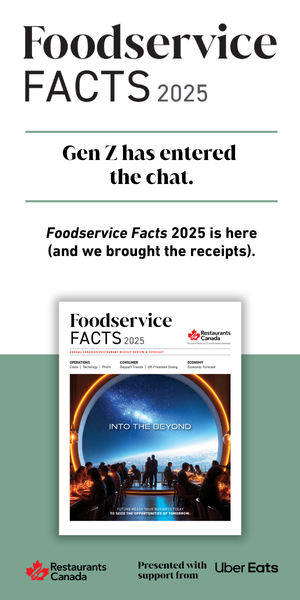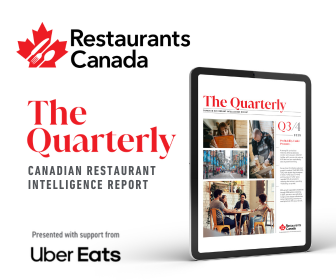Elevating Menus: Diversity in the Canadian Wine Industry
Vinequity aims to ensure people who identify as Black, Indigenous or People of Colour (including those who identify as LGBTQ+ or who are living with a disability) and work in the wine sector are given equitable treatment and opportunities to access, grow and thrive as visible leaders in the Canadian wine industry. We connected with Debbie Shing, one of the founders of Vinequity, and Arashasp Shroff to get their perspective on the Canadian wine industry.
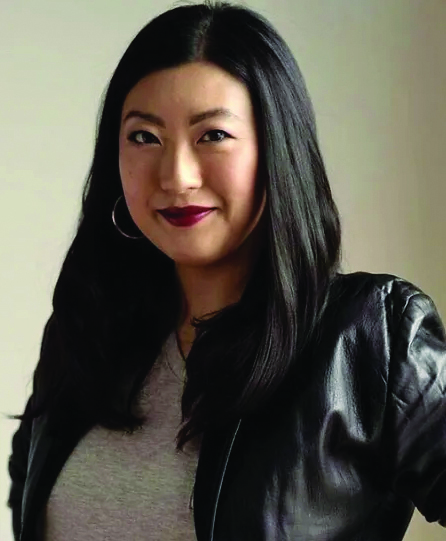
Debbie Shing is the founder of Quvé, a boutique wine agency, and Vinequity. She is a WSET Level 4 diploma graduate and certified WSET Instructor. Shing is also an on-air wine expert for CTV Your Morning, instructor at George Brown College as well as a judge and panellist for Artisan Distillers Canada. Throughout her 20+ year career, she has served on faculty at IWEG Drinks Academy, the Canadian Association of Professional Sommeliers board of directors and the judging panel for Canada’s 100 Best Restaurants.
If you are a wine lover, it is easy to argue there is a wine for everyone and for every meal. But for those who are not as familiar with varietals, grapes, regions and flavours, buying wines to complement a meal can be a daunting task, especially if you are the restaurant owner. With the globalization of menus and the desire for more sustainable options, restaurants are being challenged to create wine lists that work for their menus and their customers, while maintaining profitability.
Vinequity was launched in 2020 in response to a need Debbie Shing saw in the beverage industry to connect and elevate underrepresented beverage professionals. “We created a platform for BIPOC professionals in the wine and beverage industry to be visible and to shine a light on their accomplishments. We connect people to each other with mentorship programs, especially if they have a specific career niche. We also provide scholarships to help young people who are interested in getting into the industry.” With a directory of over several hundred people, the list keeps growing. “It’s a sign there’s a desire for people to be seen and heard.”
The globalization of menus has also made it urgent for consumers to see BIPOC beverage professionals in client-facing roles, from sommeliers to managers. “There are certain fine dining echelons where BIPOC are not as visible. But I see awards like the Michelin, recognizing restaurants with more global cuisine, and I see opportunities and hope for people in the industry,” says Debbie. “We are seeing more cultural ways of sharing and eating that are different from what some restaurants have done in the past. I think as part of this shift, we have a responsibility to recognize and uplift the people who have talent.”
This move to incorporating different flavour profiles, ways of cooking, and styles of serving is, according to Debbie, missing one thing: “I have yet to see lived experience become an employable asset in the industry. I think that piece is missing outside of smaller, single owner, family-style restaurants. Restaurants with big teams, multiple investors and hefty expansion plans should think about how putting skilled or knowledgeable people in key roles will help bring an understanding–it will help you make money.”
An example Debbie uses is the syntax of wine. “Some of the point-of-reference flavours or ingredients we use to describe wine don’t always represent flavours common in many cultures,” she says. “Bring someone in who understands the culture and the food, and they can help describe the wine in a way that complements your menu. Are there hints of tamarind in the wine? Complex spices? People who are there for your menu will see how you can bring the two together.”
While the easiest place to try new flavours paired with the menu is in cocktails, Debbie sees how this can also put a strain on the restaurant. “Bartenders are already busy. If you add in cool-looking cocktails with mixed flavours, you’re adding in more ingredients, more time to make, and more room for error. With wine, while it’s less obvious in terms of taste, the range of flavours is infinite, and can be easier to serve and store. You don’t need to be a bartender to serve wine.”
Whether you have an existing wine list that needs a refresh or are interested in bringing a selection of wine to your restaurant, Debbie has some tips on how to make it more profitable:
1. Find your experts. “Some restaurants don’t need a sommelier, but they can hire a sommelier or a wine agent as a consultant to help them revamp or start a wine list. If you don’t know where to start, there are many talented and creative people on Vinequity’s list. Reach out to them.”
2. Invest in your staff. “Service starts with education. Investing in your staff by providing training and product knowledge improves service and the likelihood your customer will come back. I’ve been to restaurants where the staff can’t recommend a wine or describe their house wine. That’s a missed sale. Most wine reps can give training sessions or hire a sommelier to help. A more enthusiastic front of house team is going to drive more revenue.”
3. Know your clientele. “There’s a generational divide in understanding the culture of wine. When you look at your clientele, there are some younger wine drinkers who have no biases in terms of wine. Sometimes that means it’s a half bottle or wine in cans. Bag in box wines are more easily stored and for some casual dining restaurants, it’s an easy way to serve wine from behind the bar. There are many wine producers who have done a great job of appealing visually to a younger population that gives it more of a premium value, the same goes for natural wines.”
4. Use beverage as the margin driver. “Look at trial sizes of wines. Quarters or half litres make it more of a reasonable purchase and an opportunity to bring in a certain amount of revenue that goes beyond a glass. This might ease some of the cost avoidance around wine. Also, many wine producers offer smaller size formats—you don’t need to commit to cases of wine. Look at the options that make sense for your restaurant. Also, find ways to make your wine look cool. People will know if you went to the dollar store for your wine glasses. That doesn’t make them want to
spend money on wine.”
5. Look at the cost. “Take a look at how you’re pricing your wine. Sometimes by pricing wine to increase volume, you can make your wine more approachable and a more likely purchase. Make it easier for consumers to spend money in your restaurant. You can have a deeply profitable wine fridge, but it needs to be served.”
6. Have a theme. “Sometimes the most unexpected pairings are ones your customers enjoy the most. You can throw hosted themed events where you can analyze the taste and flavour of the food, together with different wines. Taking a chance and introducing your customers to a new wine can help make them more frequent visitors.”
As we see more international food trends and ingredients hit the menu in Canada, Debbie sees how leveraging expertise in these cultures can help elevate customers’ experiences. “As diners, we want suggestions. At the end of the day, people want to enjoy a great meal, with a wonderful wine with amazing service. Service comes from someone who can describe the menu, speak to the wines and provide a personal touch – they’ve tried the food, the drinks and then make the
recommendation.”
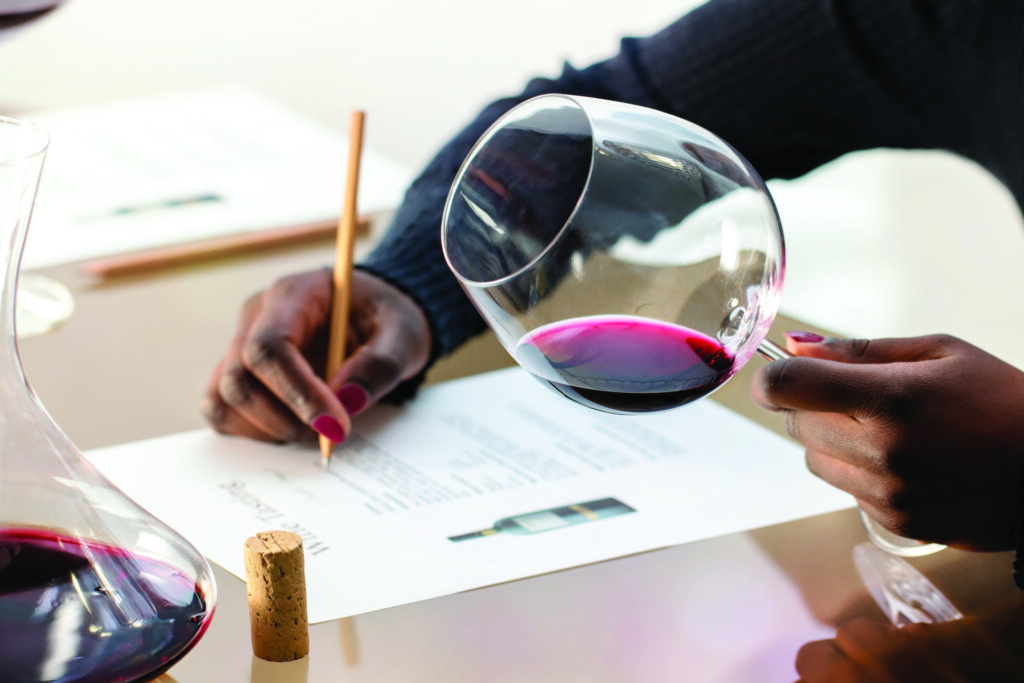

Arashasp Shroff is based in Toronto where he is the general manager and wine director at Abrielle at the Sutton Place Hotel. Previously he was the beverage manager and sommelier at the CN Tower, overseeing a program of over 500 wines for the highest wine cellar in the world. He has won the Ontario Hostelry Institute’s prestigious “Top 30 under 30” award as well as the “Future leader of the industry” award from the Wines of Spain. He is an alumnus of the Culinary Institute of America and George Brown College.
IG: @arash.shroff | IG: @abrielleto
MENU: How did you get into the wine/hospitality industry?
Arashasp Shroff: As a son of immigrants, I often found myself cooking for my family at a young age. It was here I really found myself enjoying the experience of dining together at a table and sharing stories and memories from the day. I was fortunate enough to have been able to attend the prestigious Culinary Institute of America, Hyde Park, where I studied and apprenticed under some of the best chefs and sommeliers in the U.S. It was only after moving to Singapore and opening Spago by Wolfgang Puck that wine, beverage and front of house operations cemented themselves in my professional path. Now living in Toronto for the past six years, I’ve been thankful I have not only been able to work with some of the most iconic properties in the city, but also closely with Vinequity and George Brown’s Mentorship program to give back to the BIPOC & Hospitality community.
MENU: How would you describe Canada’s wine culture – from the people in the industry, to the products that make Canada stand out?
AS: I’ve been able to meet some incredibly dedicated individuals ranging from seasonedwinemakers to enthusiastic winery team members. Many producers prioritize sustainable and organic practices that reflect a strong connection to the land and promote the local terroir, which is great to see being reflected in the local wines. I’m enjoying some of the ‘experimental’ styles coming out of Niagara, whether that be ‘classical wineries’ doing unfiltered or skin contact styles, which inevitably help push the capabilities and creativities of the winemaker. The rise of unconventional ‘wineries’ (virtual wineries) are also playing a part in helping those who otherwise would not be able to join the community share their respective stories. Canada’s wine culture is marked by its commitment to quality, creativity, and a strong sense of community, making it an emerging player on the global wine stage.
MENU: As menus across Canada become more global, how important is it for different cultures to be represented in the wine industry?
AS: One hundred per cent. Menus are more rapidly growing into more global offerings, whether that’s food being sourced from non-traditional vendors or working directly with local farms. The popularity of non-traditional menu items and flavours is growing and it’s great to see people being receptive and open to new experiences (food or wine). The greater the diversity in the wine, the more variety we will see in the experiences and stories, which helps the industry or brand position itself as more approachable and appealing to the average guest or consumer. At Abrielle, our wine program focuses on female winemakers, BIPOC & Queer+ winemakers, and is built on the idea of showcasing different cultures and people, while letting the wine speak for itself, sharing what might not always be a well known varietal. Our vision is to share the stories and experiences of those making these wines, working with our guests to ensure they are truly enjoying the glass in front of them.
MENU: How can restaurants “break into” serving wine with their meals?
AS: It has to be baked into their training and delivery of standards at the respective restaurants or hotels. It’s more about finding the right wine for the guest than just moving inventory or pushing a guest cheque average. It’s about having conversations with guests and understanding what they’re looking for and wanting to engage with and experience while they are in your house.
MENU: What trends are you seeing in the industry?
1. Dessert Wines: At Abrielle, we’ve seen an uptick in guests requesting and drinking after dinner wines. Most wine drinkers aren’t ready to have a little balanced sweetness in their early dinner wines, but certainly they have been into slightly sweet wines after dinner. As such, we’ve brought on this beautiful local Late Harvest Riesling, that fits the bill for slightly sweet, yet perceptible acidity, which is welcomed by most.
2. Chillable Reds: As a Mediterranean sharing menu restaurant, Chillable Red has been a huge hit with our lighter dinner fare and sharing items. These wines are usually lower ABV bottles of red wine that lack harsh tannins, allowing them to be chilled right above white wine temperatures. As a result, they typically end up being more silky, crisp and crushable.
3. Low ABV/Non Alc Wines: Post-pandemic, we noticed people placing more importance on their health and wellness. There’s a huge new opportunity for low ABV/Non Alc wines to really staple themselves as legitimate and tasty options for guests looking to enjoy the taste of wine, without the alcoholic component. Zero-alcohol wine brands like French Bloom, Thompson & Scott, and Leitz are leading the category with full-flavour, alcohol-free alternatives to wine. To keep up, brands like Jackson Triggs and Kim Crawford have released intentionally light and low-alcohol options. Lower-ABV red wines will rise in popularity as a younger, more health-conscious consumer impacts that market opting for a better lighter alternative to big bold wines.
MENU: What excites you about the future of wine in Canada?
AS: The increase in representation of diverse winemakers and educators sharing their unique cultural backgrounds, bringing fresh perspectives to the industry. This leads to innovative winemaking practices and distinctive flavour profiles that reflect various traditions and techniques. A more diverse community can engage with wine production, so we’re likely to see a richer tapestry of stories and experiences associated with each bottle. People like Nupur Gogia, Steve Byfield, Shiraz Mottiar, Howard Soon, and Avila Coutinho are not only winemakers, but their storytelling through wine can also foster deeper connections between consumers and the wines they choose.

To learn more about Vinequity, visit their website at: vinequity.ca

